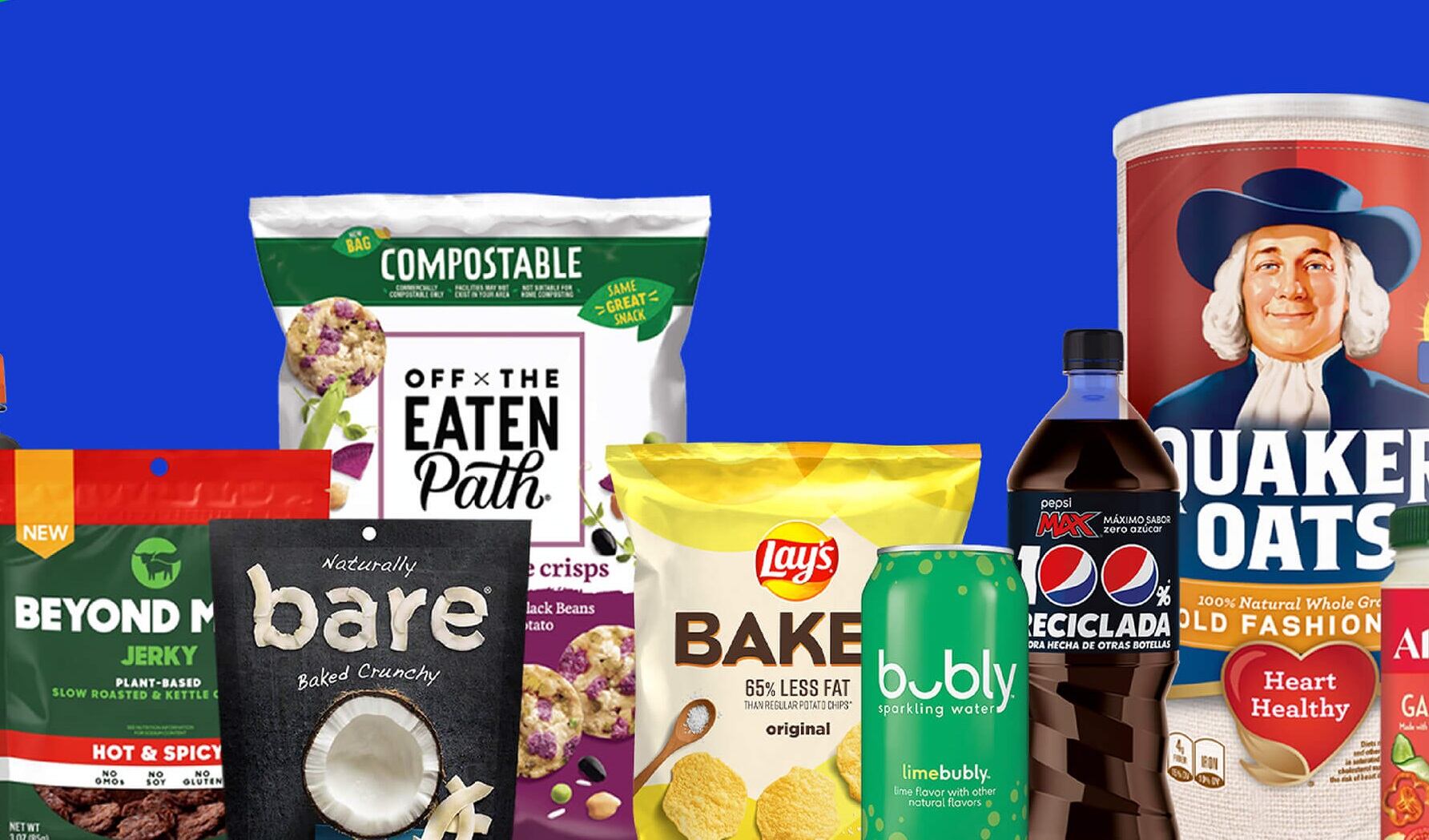PepsiCo now expects organic revenue growth for the full year to reach 10% -- up from previously predicted 8% -- thanks to higher than anticipated growth in its second quarter ending June 11. The 13% increase was on par with the 12.8% it delivered in the same period last year, and was driven by both volume growth and price mix realization across North America, which grew 11%, and international markets, which were up 15%, the company announced yesterday.
This optimism does not yet extend to other facets of its financial outlook as indicated by the company opting to hold its EPS expectation steady at 8% and total cash returns to shareholders at approximately $7.7b, comprised of both $6.2b in dividends and $1.5b in share repurchases, executives told investment analysts during an earnings call July 12.
“Obviously, the first thing that we’re thinking about these days is just the level of volatility in the world,” and even though we feel “highly confident” in raising the revenue guidance, “for the EPS guidance, we made a choice to hold right now based on some of the volatility” that we are seeing and uncertainty about macro economic indicators in the back half of the year, PepsiCo CFO Hugh Johnston told investors.
Among those uncertainties are rising prices for commodities, which Johnston pegged as in the high-teens currently and said he expects will go “a bit higher” in the back half of the year, and uncertainty about elasticities, which “are good right now,” but for which he said the company doesn’t plan for them to remain as strong as the year progresses.
He added that PepsiCo is doing what it can to insulate against that volatility, including having zero floating rate debt, forward buying commodities, and doing “as much as we can to create a predictable work environment so that we can manage our labor costs well.
“But,” he added, “there’s obviously macros that are out there that are more volatile than they were a few years ago.”
Is PepsiCo being strategically conservative or realistic?
Johnston also pushed back against on analyst’s suggestion that the company’s hesitancy to raise its EPS was “conservatism,” noting that PepsiCo is “never conservative. We try to be accurate,” but also don’t want to miss numbers.
He further noted that the company’s confidence in raising its revenue, even as it holds its EPS, has more to do with stronger than anticipated elasticity so far this year.
“As we came out of the first quarter, we were quite pleased with where elasticity sat, but we still had nine months left in the year. So we adopted a certain posture about the balance of the year. The second quarter has also held up from an elasticity perspective better than we though and we’re sort of flowing that upside through,” he explained.
“That said, the balance of the year we still have six months to go, so there’s still plenty of unknowns in terms of what’s going to happen with consumer behavior,” he added. “We think we’re well positioned, both from a customer perspective as well as from a consumer perspective, but we still have six months to go and consumer are still sort of absorbing the impact of inflation on their overall spending. So, I think I wouldn’t characterize it as conservativism,” but rather planning for different potential scenarios.
Gas, convenience channels remain strong, serve as indicator of consumer health
An example of the difficulty PepsiCo faces when predicting the longer-term impact of inflation on consumers is playing out in the convenience and gas channels, where the business has invested significantly in the US.
As one analyst pointed out, consumer mobility is increasing which is prompting more trips to gas stations and convenience stores, creating more opportunities for snack and beverage sales, but at the same time higher gas prices may squeeze discretionary spending – causing volume sales to drop.
So far, trends in both the convenience and gas channel have held steady since the fourth quarter of last year, with sales stabilizing in the high single digits, said CEO Ramone Laguarta. But, he acknowledged, more of that may be come from price going forward than volume as units dipped slightly in the second quarter.
“Obviously, we’re watching this channel very carefully as an indicator of potential consumer behavior change,” he added, reconfirming though that so far there remains a high incidence in PepsiCo’s categories in these channels.
Balancing inflation, productivity and margins
With gains coming from pricing versus volume, some analysts worried about PepsiCo’s ability to maintain growth going forward if retailers and consumers refused to accept additional price increases to offset rising inflation.
While Laguarta acknowledged that PepsiCo has had to pass some price on to consumers, he said that the company tries to do it in a way where it doesn’t impact volume and that looking forward it is particularly focused on how to keep lower income shoppers who are feeling squeezed engaged with its brands.
One way the company is managing this is by “making decisions on entry points into categories” so that these consumers can still engage at some level, and through other cost management efforts, he said.
He added that when it comes to price increase “there is always tension in those conversations, and there will continue to be tensions, but in general, they’re very positive conversations that we have because … our strategic intent is to be growth drivers for our partners and we go into these conversations very transparently and very positively to generate growth and additional margin for our customers.”
While transparency may be a fundamental component of those conversations, Laguarta stopped short of sharing if PepsiCo was planning specific additional price increases for the remainder of this year or next.
Johnston, however, suggested that the company did not need to pass through full commodity cost increase because it expects stronger productivity in the back half along side higher inflation.



